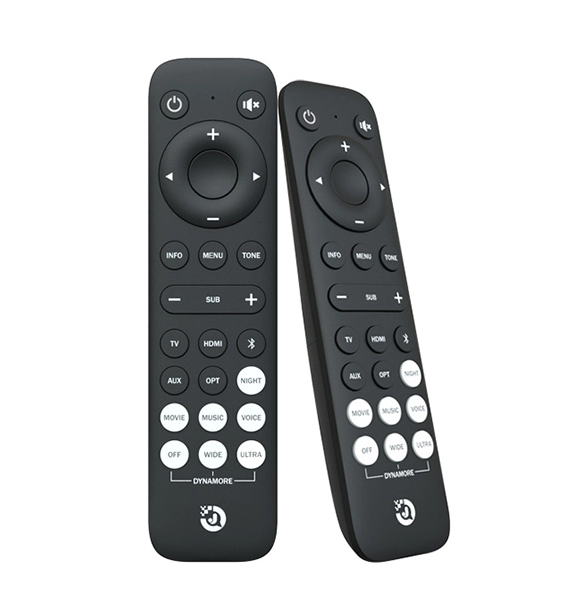Power electronics is a rapidly evolving field that plays a crucial role in various industries, including renewable energy, electric vehicles, consumer electronics, and industrial automation. In this blog post, we will delve into the recent trends in power electronics, highlighting the advancements and innovations that are shaping the future of this dynamic industry.
- Wide Bandgap (WBG) Semiconductors:
One of the most significant recent trends in power electronics is the adoption of wide bandgap semiconductors, such as silicon carbide (SiC) and gallium nitride (GaN). These materials offer superior electrical properties, enabling higher efficiency, faster switching speeds, and reduced power losses in electronic devices. WBG semiconductors are revolutionizing power electronics by enabling smaller, lighter, and more efficient power converters. - Integration of Power Electronics and Energy Storage:
The integration of power electronics with energy storage systems is gaining momentum, driven by the increasing demand for renewable energy sources and the need for efficient energy management. Power converters, such as inverters, are being combined with advanced energy storage technologies like lithium-ion batteries to enable seamless integration of renewable energy into the grid and enhance grid stability. This trend is paving the way for a more sustainable and reliable energy future. - Digitalization and Smart Power Electronics:
The advent of digitalization and the Internet of Things (IoT) has led to the emergence of smart power electronics. These devices incorporate advanced control algorithms, sensors, and communication capabilities to optimize power conversion, improve system reliability, and enable real-time monitoring and diagnostics. Smart power electronics are being deployed in various applications, including smart grids, electric vehicles, and industrial automation, to enhance energy efficiency and enable intelligent power management. - Advanced Thermal Management:
Efficient thermal management is a critical aspect of power electronics design, as high temperatures can significantly impact device performance and reliability. Recent trends in power electronics focus on advanced thermal management techniques, such as liquid cooling, heat pipes, and advanced packaging materials. These innovations help dissipate heat effectively, enabling higher power densities and extending the lifespan of power electronic devices. - Wireless Power Transfer (WPT):
Wireless power transfer is gaining traction as a convenient and efficient method for charging electronic devices without the need for physical connectors. Power electronics plays a vital role in WPT systems by converting and transmitting power wirelessly. Recent advancements in WPT technology, such as resonant inductive coupling and magnetic resonance coupling, are enabling longer transmission distances and higher power transfer efficiencies, opening up new possibilities for wireless charging in various applications.
Conclusion:
The field of power electronics is witnessing rapid advancements, driven by the need for energy efficiency, sustainability, and technological innovation. The recent trends discussed in this article, including the adoption of wide bandgap semiconductors, integration with energy storage, digitalization, advanced thermal management, and wireless power transfer, are shaping the future of power electronics. Embracing these trends will lead to more efficient, reliable, and sustainable power electronic systems across industries, paving the way for a greener and smarter future.


+ There are no comments
Add yours